“The Great Gatsby”: A Criticism of Society
A Fantastic Novel Depicting Themes of Wealth, Betrayal, Lust
“The Great Gatsby” is a tragedy novel written by F. Scott Fitzgerald exploring the irony and harm of true American Society. The book utilizes a variety of archetypal characters, vast and descriptive imagery and incredibly impactful themes.
March 10, 2021
Most recently, AP English III students have been reading the book “The Great Gatsby,” a tragedy novel written by F. Scott Fitzgerald commenting on the irony of American society. I am always hesitant to even attempt to understand a book read in school, however, this book provides complex ideologies through a creative point of view, which made it immediately more appealing to me. The novel revolves around a wealthy man’s life, Jay Gatsby, and his longing for a missing piece. There are many characters throughout the novel, such as narrator Nick Carraway, love interest Daisy Buchanon and mysterious Jordan Baker.
After the first couple chapters, I found myself decently excited to delve into the next few and so on until I finished the book long before it was due. The way Fitzgerald brings his characters to life through each individual’s manner of speaking and engaging with other characters made me yearn for more. Only when I began analyzing the chapters and the way Fitzgerald writes did I truly understand the underlying problems of society Fitzgerald was trying to portray.
The novel was set in the early 1900s, right around 1922. The story takes place throughout the communities of East and West Egg, the Valley of Ashes located in between. The consistent representation that East Egg is considered to be the new wealth, West Egg the old wealth, and the Valley of Ashes to be the poor, illustrates the division in society due to wealth and societal standards of groups of people. I found this to be an interesting portrayal of these divisions, as they are opposite extremes on a spectrum. However, because of the way the book is structured, narrated in the perspective of Nick recalling Gatsby’s story, it makes for an engaging format and easier recognition of what Fitzgerald is trying to implore.
I honestly feel that what was most enjoyable about this book was the usage of imagery and the realism of the characters. Yes, the chapters could have been shortened to five pages each without all the detail, but the detail is what gives this book life. It’s what makes it realistic. It’s what makes these themes so tangible to us as readers and almost-adults. More specifically, the grandeur descriptions of Gatsby’s mansion parallel one end of the extremes I previously mentioned, supreme wealth. I feel that the material desire in this novel is even more commentary on the truths of society and links with how the importance of wealth is in determining one’s status.
As for the design and depth of the characters, Fitzgerald did an impeccable job of including a variety of archetypes into his characters, whether it be depicting Gatsby as a tragic “hero” or Tom, Daisy’s husband, as a dense bully. Another character I really enjoyed was Daisy. The novel, as the time period suggests, was heavy on misogyny, yet Daisy contradicted this stereotype. She was money hungry, and when my class further analyzed her quotes, we realized she was much smarter than she let on. Similarly, Jordan Baker was a woman of mystery and manipulation, characteristics not typical for women in the past.
I think that some of the irony that Fitzgerald is trying to imply is that wealth does the opposite of what one might think it does; wealth is not the answer to happiness, nor is it a solution for fixing relationships. I believe this to be one of the more important themes of the entire book. Wealth does not equal happiness, and instead, it controls society and its lives. To me, this book was incredibly calculated and consciously aware, and it helped me understand the impact of wealth on society.
In class, we did a lot of additional analysis over what the actual underlying themes of the book were. Although the assignments were certainly not my favorite part, I recognized characteristics I might not have noticed otherwise, such as Daisy being money-hungry rather than in love with Gatsby, and Gatsby being on a journey of self-discovery and wanting to create a “perfect” and complete life rather than achieving his goal of having Daisy choose him.
I think my favorite understanding of the book is the symbolism of the American Dream and its implementation throughout Gatsby’s life. We realize that there are aspects of a love story and tragedy weaved throughout the story, but when it comes down to it, this is a story about Gatsby’s desires and individuality, and I think that is what gives the story such an appeal to me. Although the main focus wasn’t entirely about self-discovery, that feature was something I could relate to.
Overall, I would say “The Great Gatsby” is an enthralling point of view of society. Although I’m not the biggest fan of over-analyzing novels, I found this book to be quite captivating and informative. The themes of self-discovery and material desires make this book a must-read, and I would definitely recommend this to a student looking to reevaluate a couple of life choices.
This book can be found in the school library, with most English III teachers, on Amazon and at Barnes and Noble.

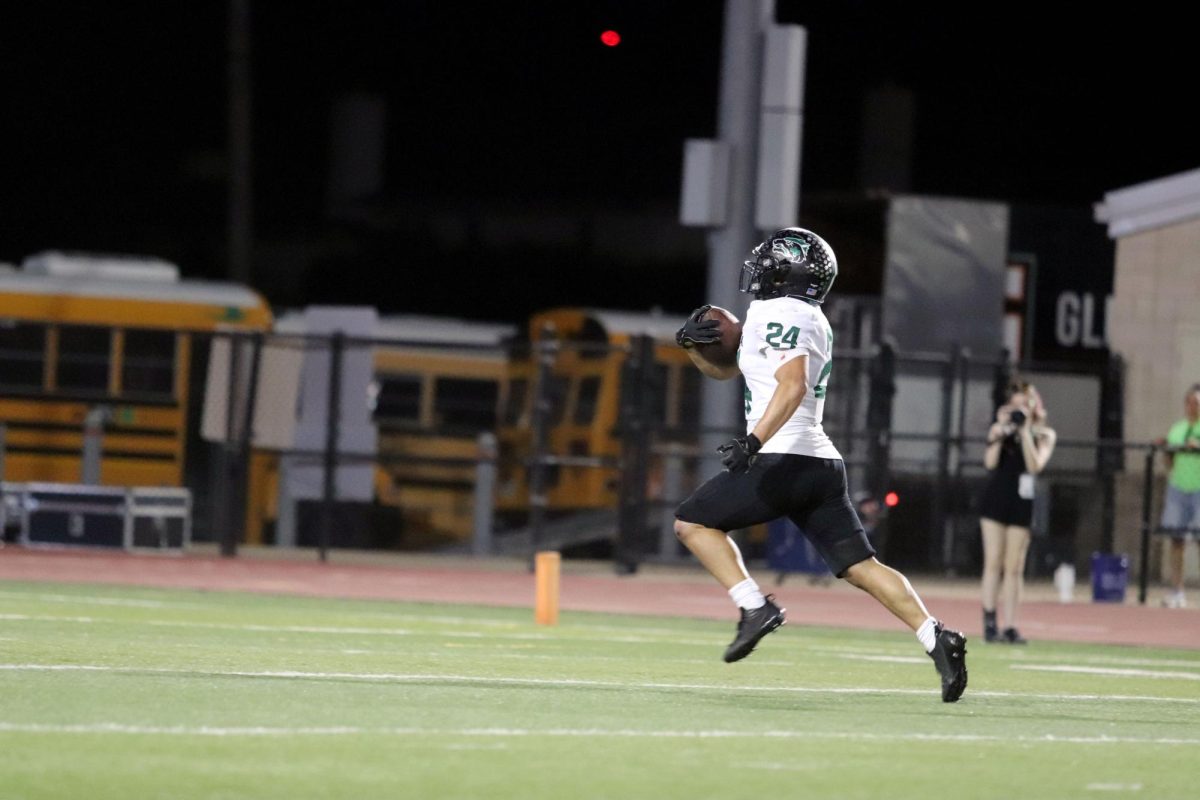


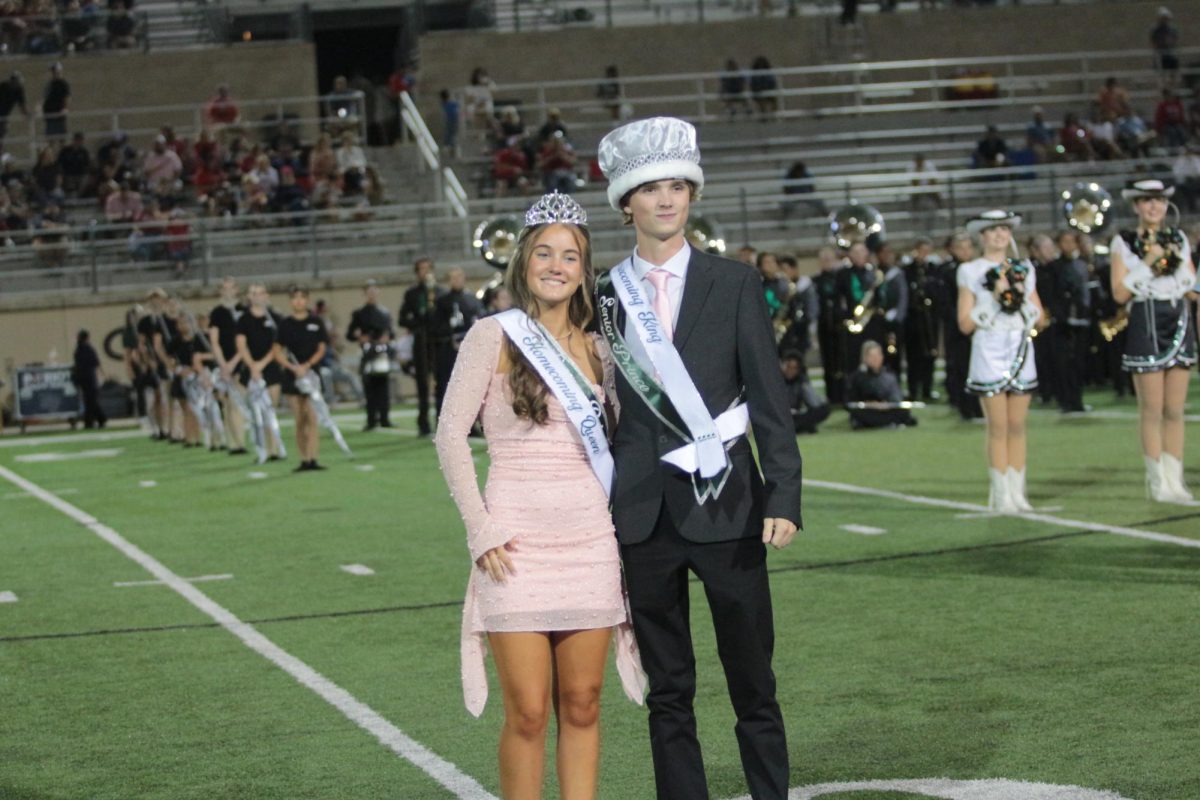

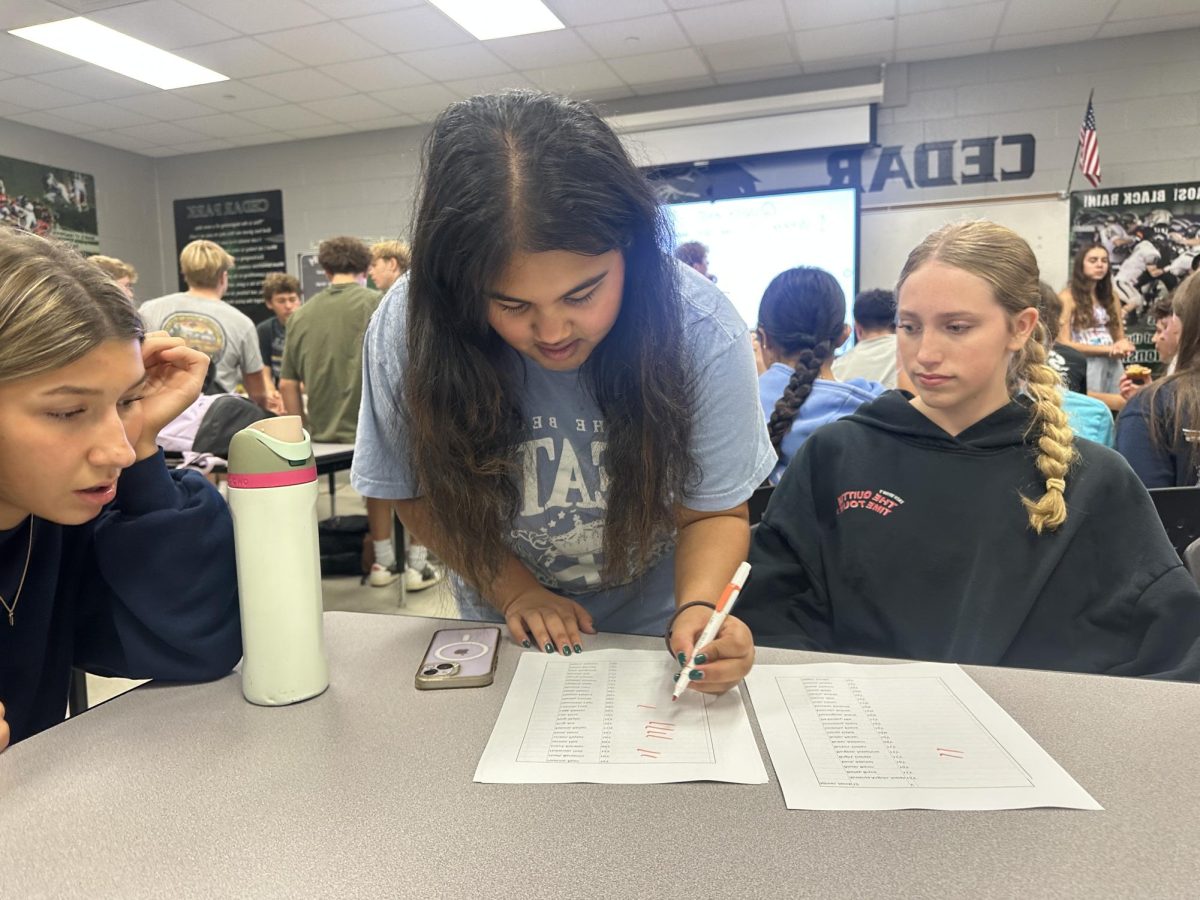

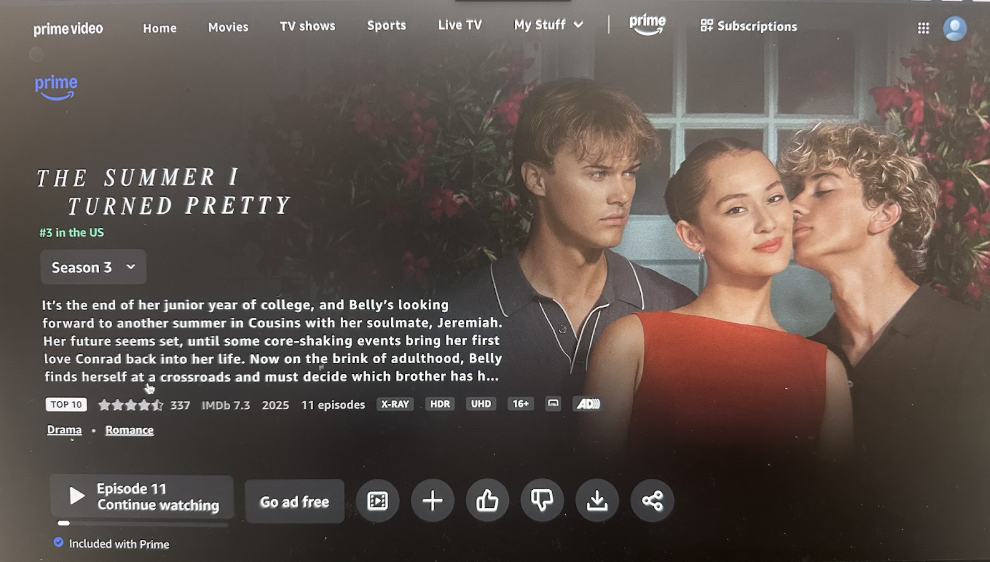

![Broadcast, yearbook and newspaper combined for 66 Interscholastic League Press Conference awards this year. Yearbook won 43, newspaper won 14 and broadcast took home nine. “I think [the ILPC awards] are a great way to give the kids some acknowledgement for all of their hard work,” newspaper and yearbook adviser Paige Hert said. “They typically spend the year covering everyone else’s big moments, so it’s really cool for them to be celebrated so many times and in so many different ways.”](https://cphswolfpack.com/wp-content/uploads/2025/05/edited-ILPC.jpg)



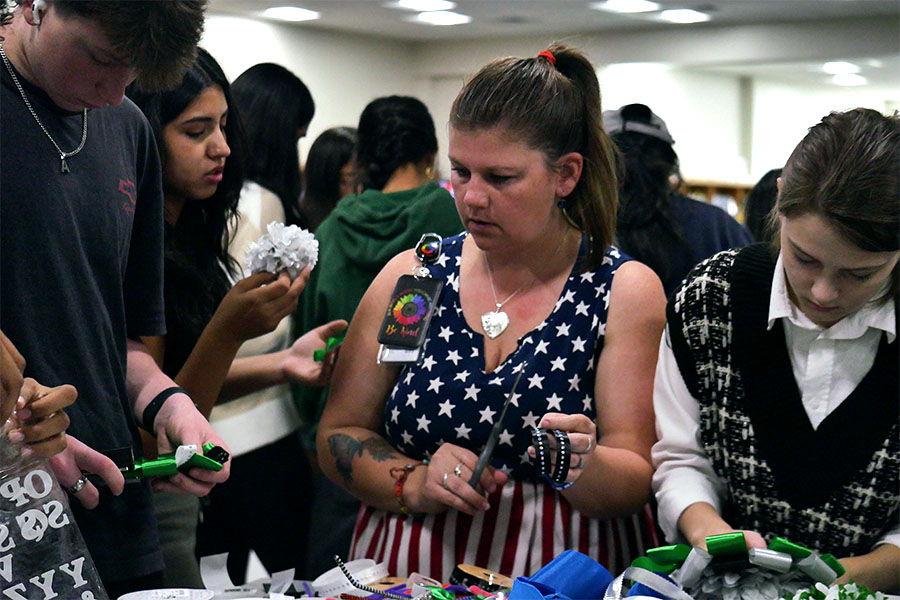

![Looking down at his racket, junior Hasun Nguyen hits the green tennis ball. Hasun has played tennis since he was 9 years old, and he is on the varsity team. "I feel like it’s not really appreciated in America as much, but [tennis] is a really competitive and mentally challenging sport,” Nguyen said. “I’m really level-headed and can keep my cool during a match, and that helps me play a bit better under pressure.” Photo by Kyra Cox](https://cphswolfpack.com/wp-content/uploads/2025/09/hasun.jpg)

![Bringing her arm over her head and taking a quick breath, junior Lauren Lucas swims the final laps of the 500 freestyle at the regionals swimming competition on date. Lucas broke the school’s 18-year-old record for the 500 freestyle at regionals and again at state with a time of 4:58.63. “I’d had my eye on that 500 record since my freshman year, so I was really excited to see if I could get it at regionals or districts,” Lucas said. “ State is always a really fun experience and medaling for the first time was really great. It was a very very tight race, [so] I was a bit surprised [that I medaled]. [There were] a lot of fast girls at the meet in general, [and] it was like a dogfight back and forth, back and forth.” Photo by Kaydence Wilkinson](https://cphswolfpack.com/wp-content/uploads/2025/03/Kaydence-2.7-23-edit-2.jpg)
![As her hair blows in the wind, senior Brianna Grandow runs the varsity girls 5K at the cross country district meet last Thursday. Grandow finished fourth in the event and led the varsity girls to regionals with a third place placement as a team. “I’m very excited [to go to regionals],” Grandow said. “I’m excited to race in Corpus Christi, and we get to go to the beach, so that’s really awesome.” Photo by Addison Bruce](https://cphswolfpack.com/wp-content/uploads/2025/10/brianna.jpg)











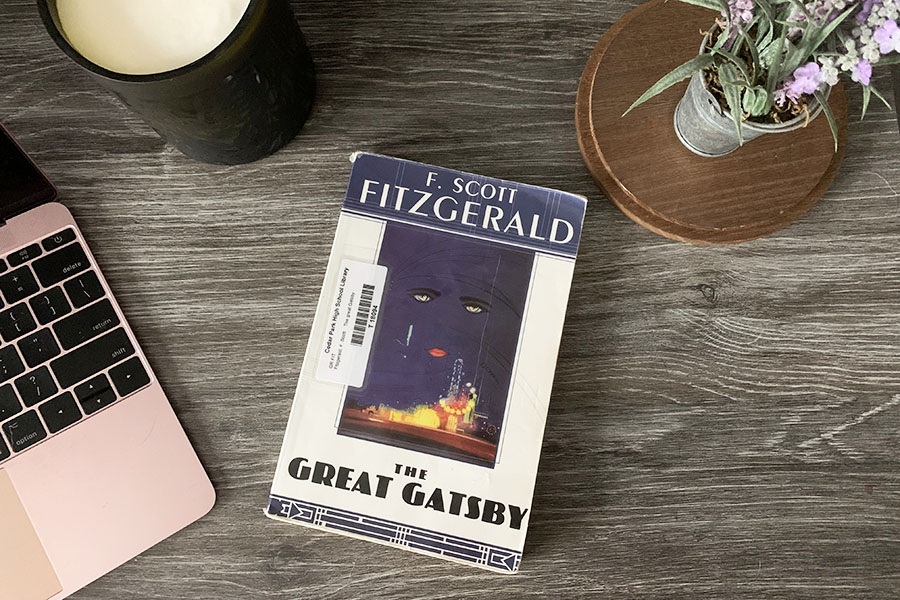


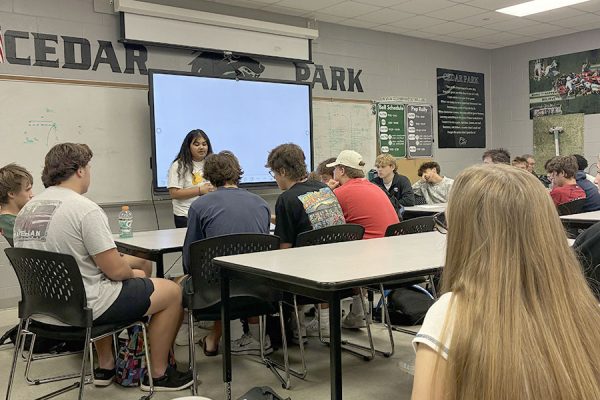
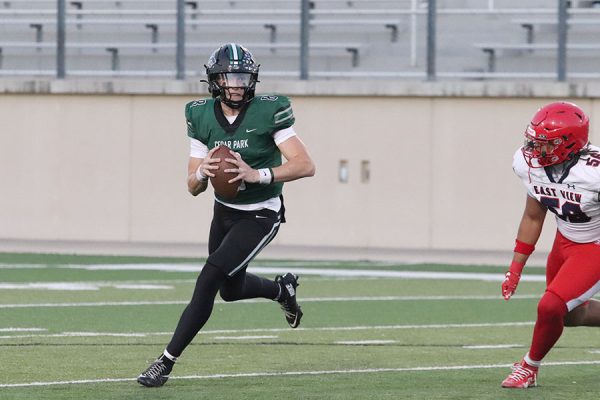

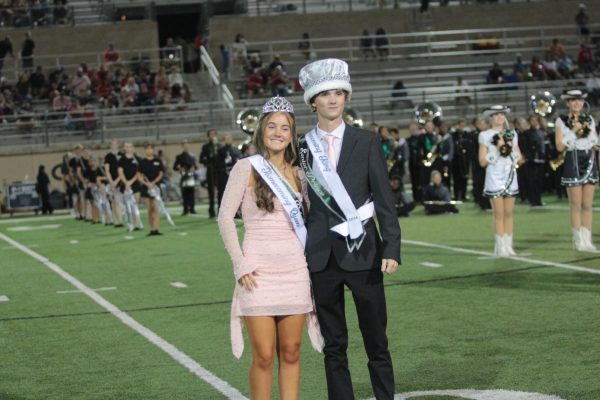
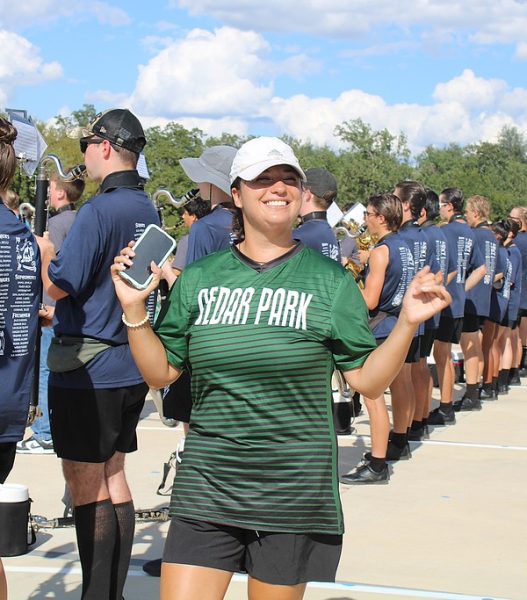


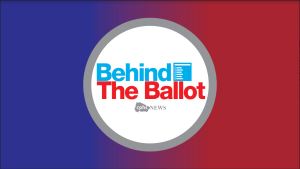



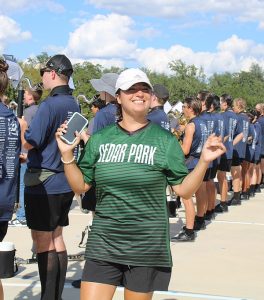

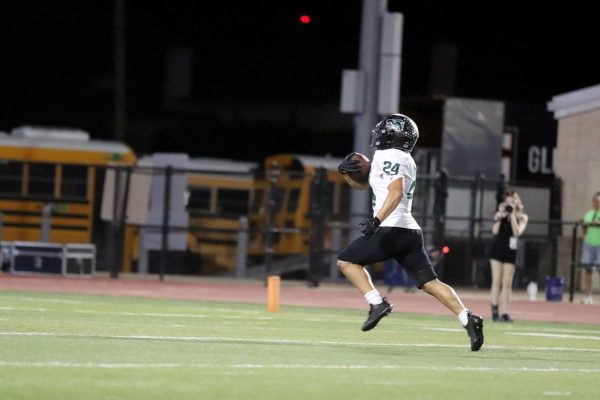


Vladislav • Mar 10, 2021 at 11:41 am
Astonishing work!!! You seem to amaze me more and more every article!!